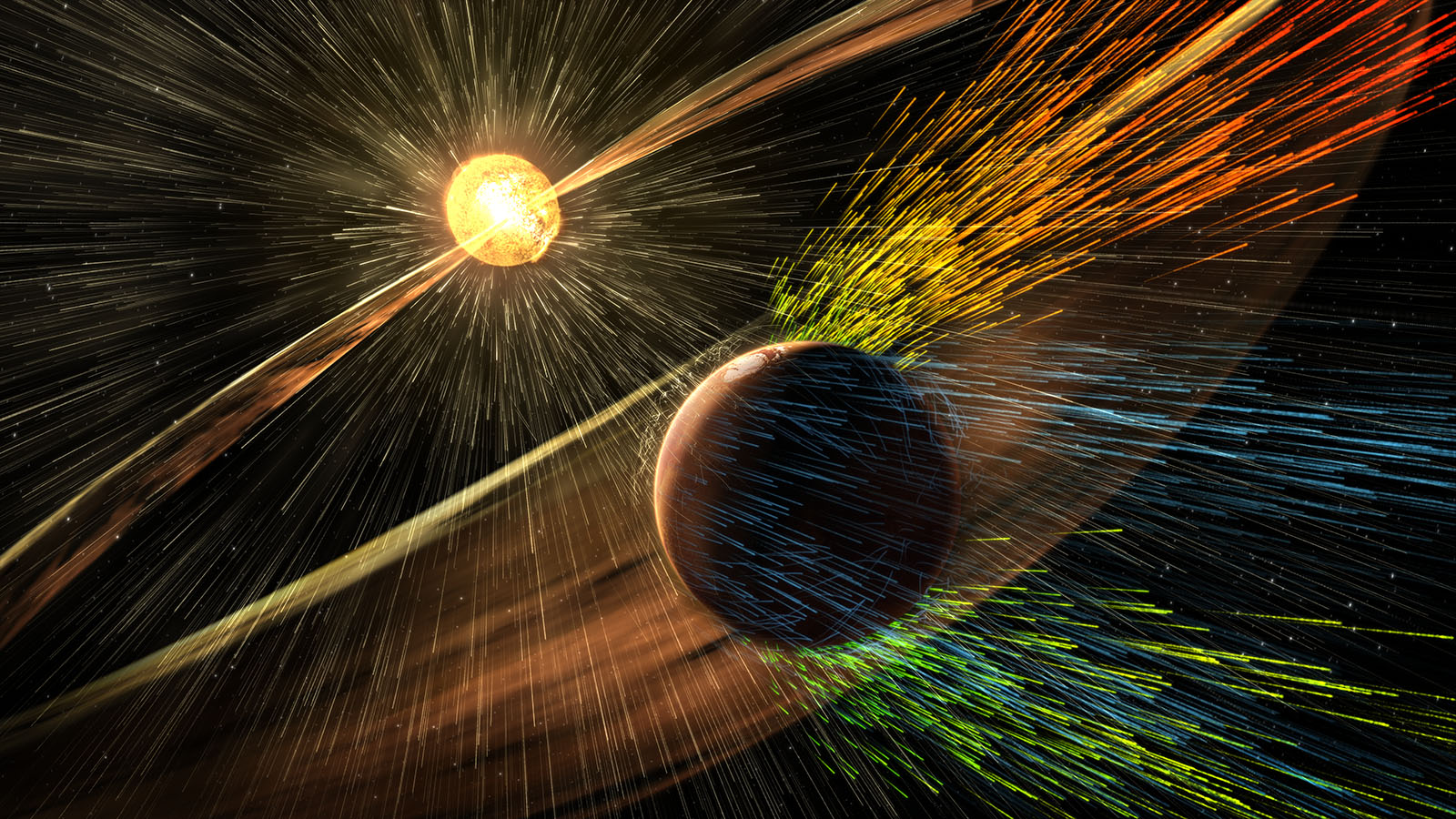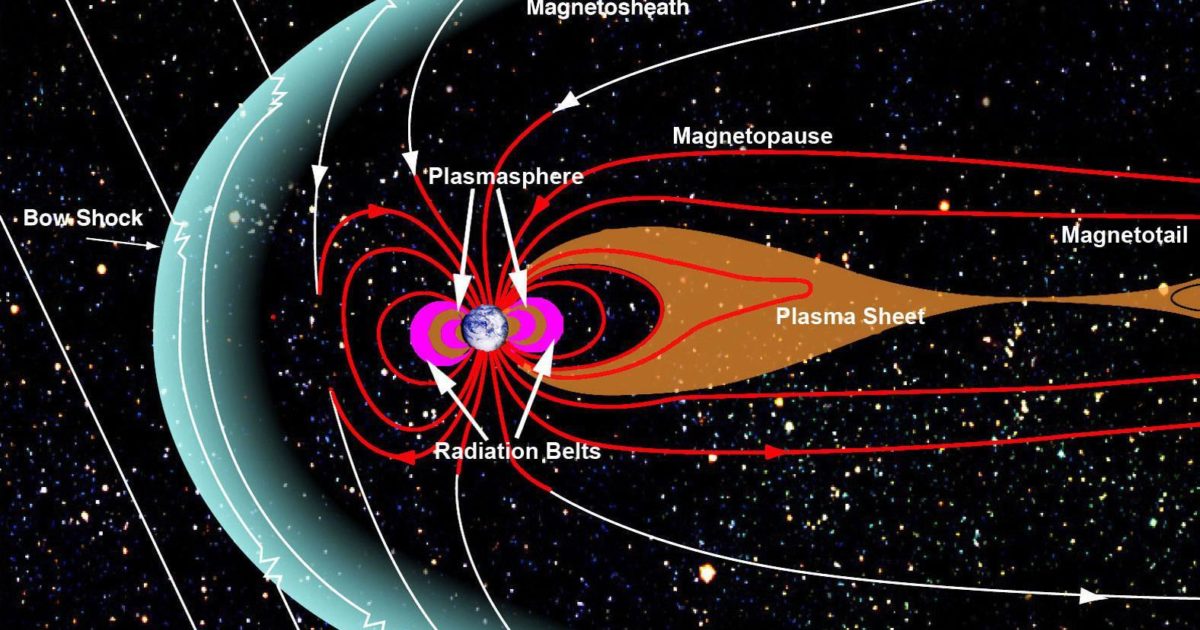The solar wind is a continuous stream of charged particles, primarily protons and electrons, emitted by the sun. It travels outward in all directions, creating a vast region of space known as the heliosphere.
Origin of the Solar Wind
The solar wind originates from the sun’s outer atmosphere, the corona. The high temperatures in the corona cause the atoms and molecules to become ionized, releasing free electrons and protons. These charged particles are then accelerated by the sun’s magnetic field and ejected into space.
Properties of the Solar Wind
The solar wind is a highly variable phenomenon. Its speed, density, and composition can change rapidly. Some of its key properties include:
- Speed: The solar wind typically travels at speeds of around 300-500 miles per second (480-800 kilometers per second). However, it can experience bursts of high-speed flow known as coronal mass ejections (CMEs).
- Density: The density of the solar wind varies, but it is generally very low.
- Composition: The solar wind is primarily composed of protons and electrons, but it also contains small amounts of other ions, such as alpha particles (helium nuclei).
Effects of the Solar Wind
The solar wind has a significant impact on the solar system. Some of its effects include:
- Space Weather: CMEs can disrupt satellites, communication systems, and power grids on Earth.
- Auroras: When the solar wind interacts with Earth’s magnetic field, it can produce stunning displays of light known as auroras.
- Comet Tails: The solar wind can blow comet tails away from the sun.
The Heliosphere
The solar wind creates a vast bubble of space known as the heliosphere. This bubble shields the solar system from the harsh environment of interstellar space.
Would you like to know more about the solar wind’s impact on space weather, its role in the formation of the heliosphere, or its interactions with other celestial bodies?



